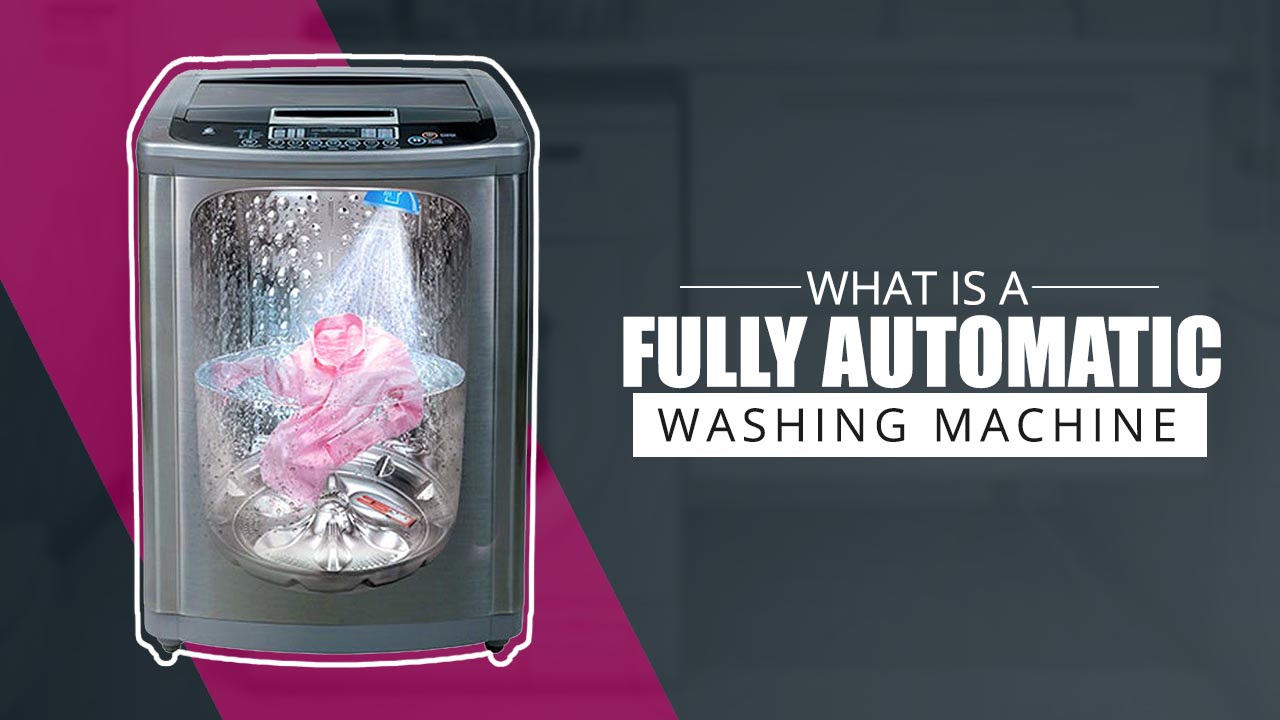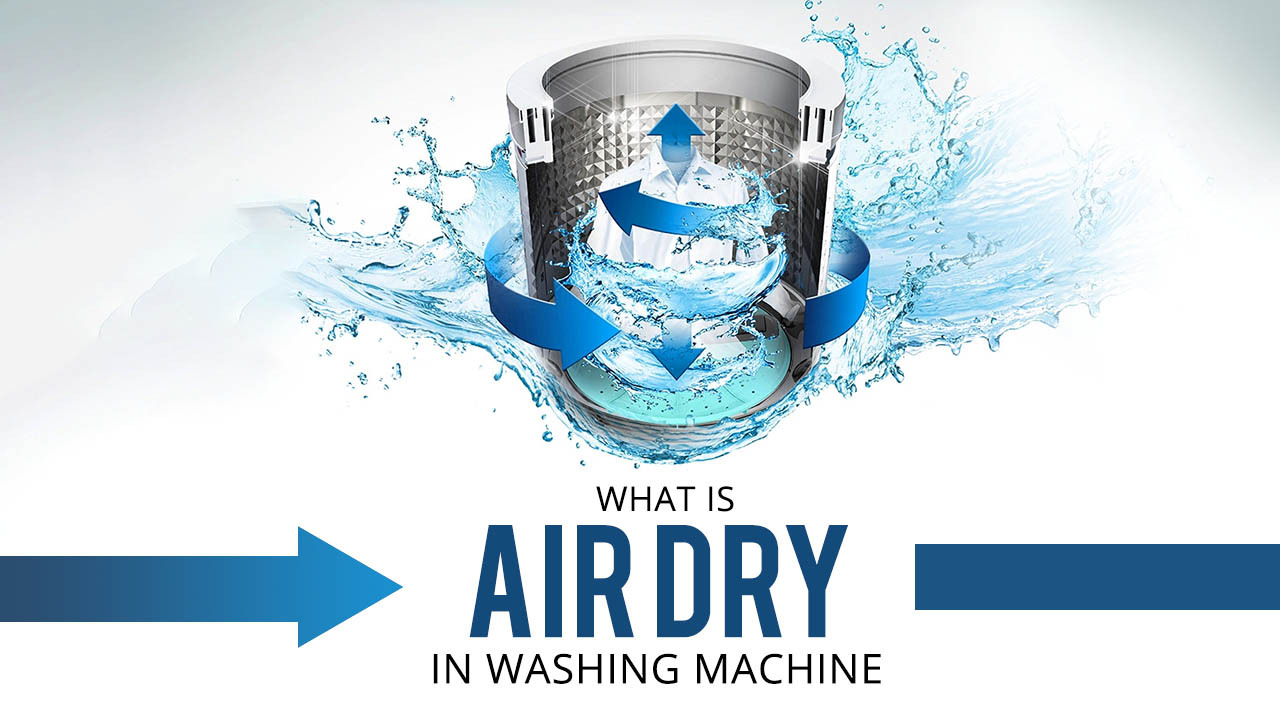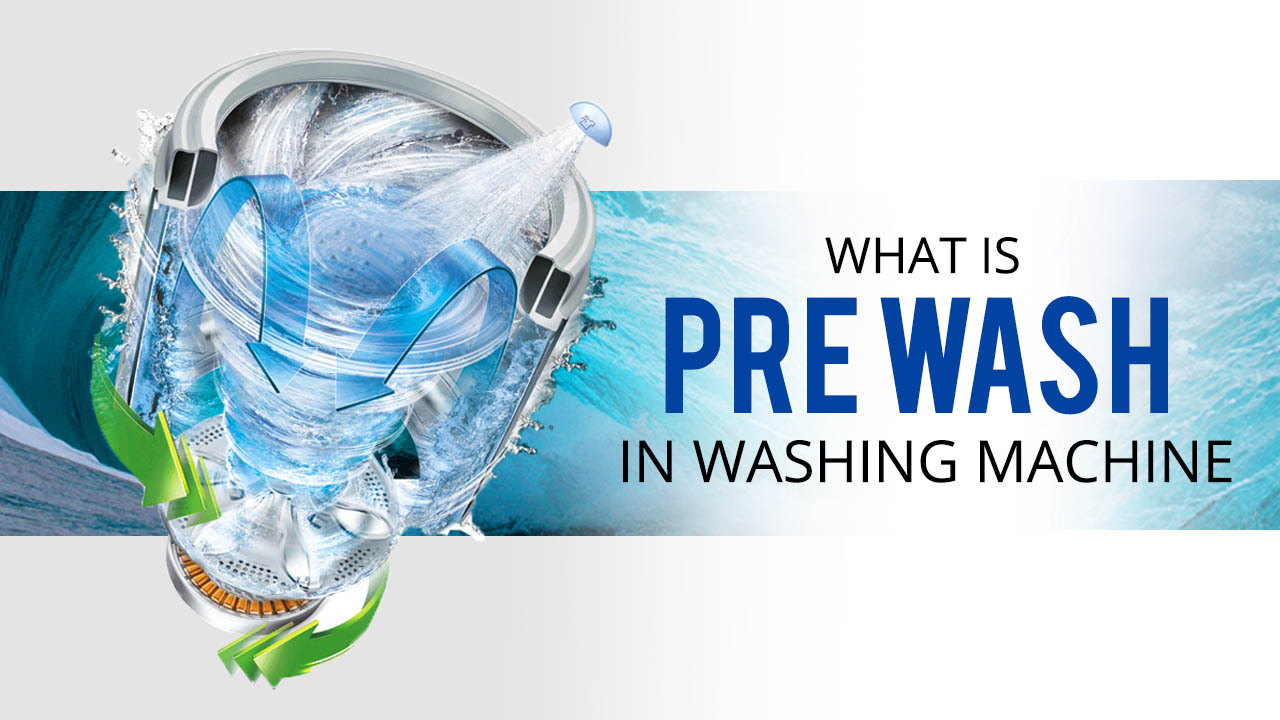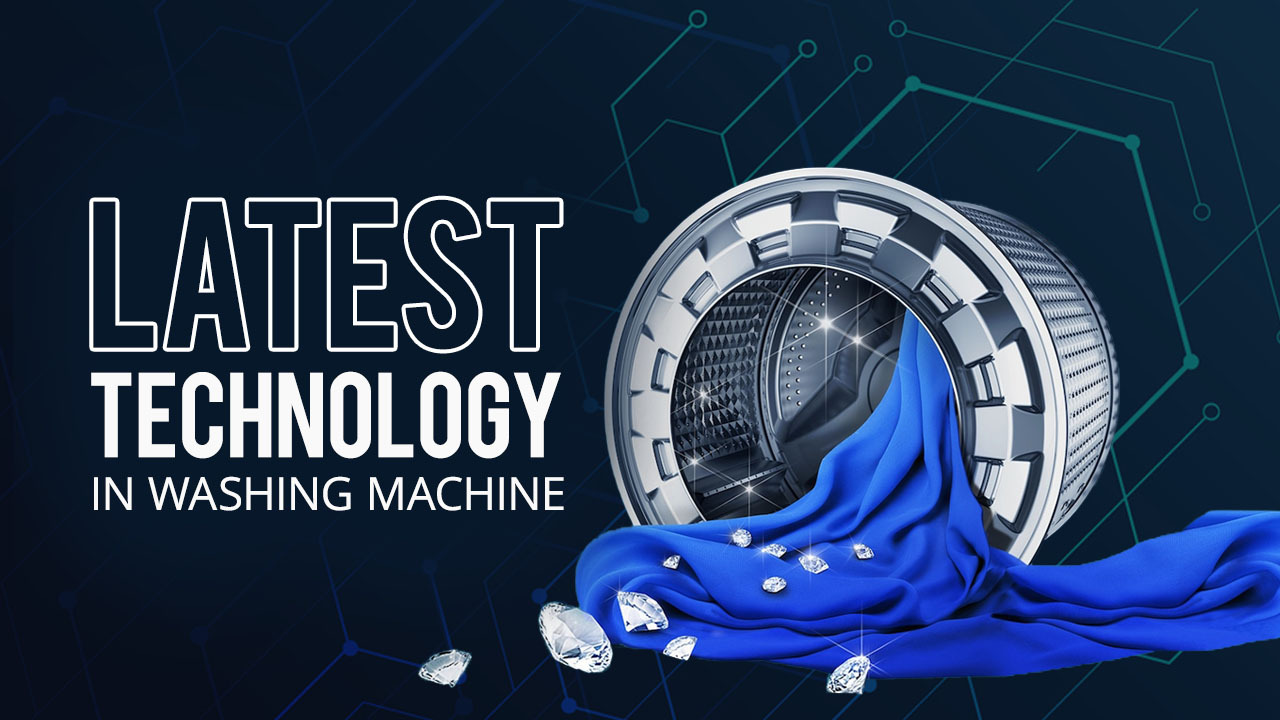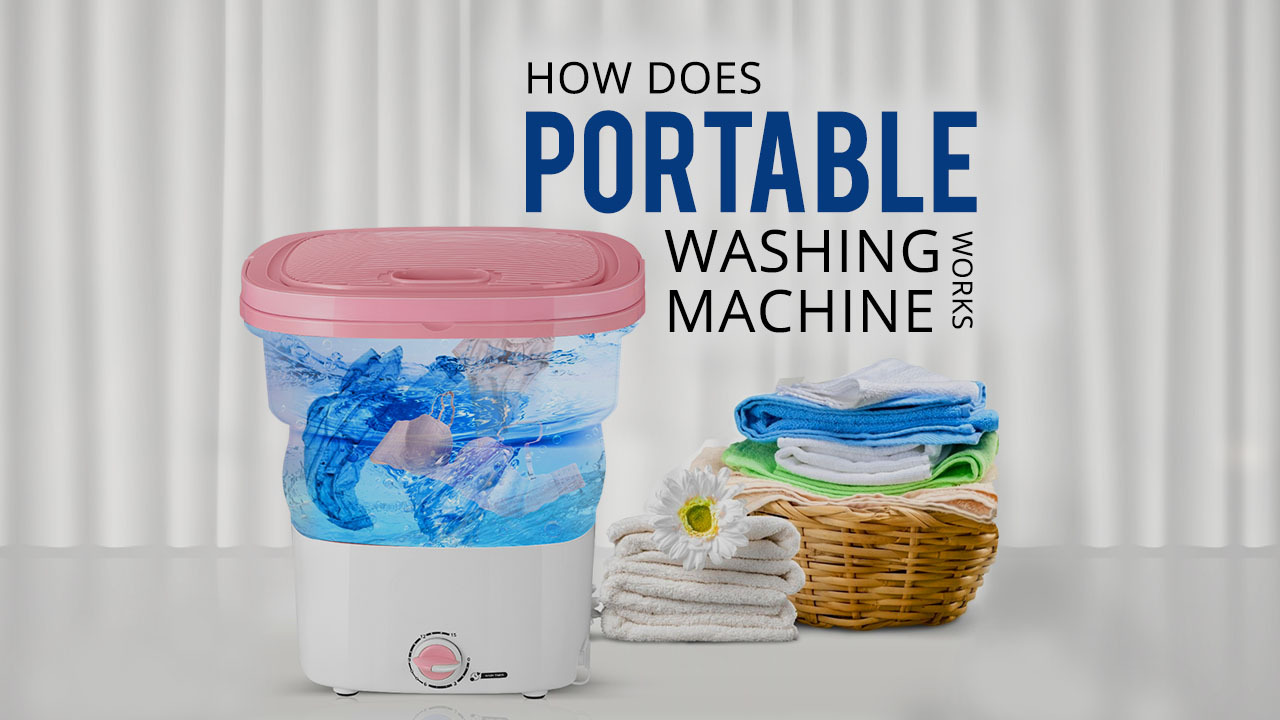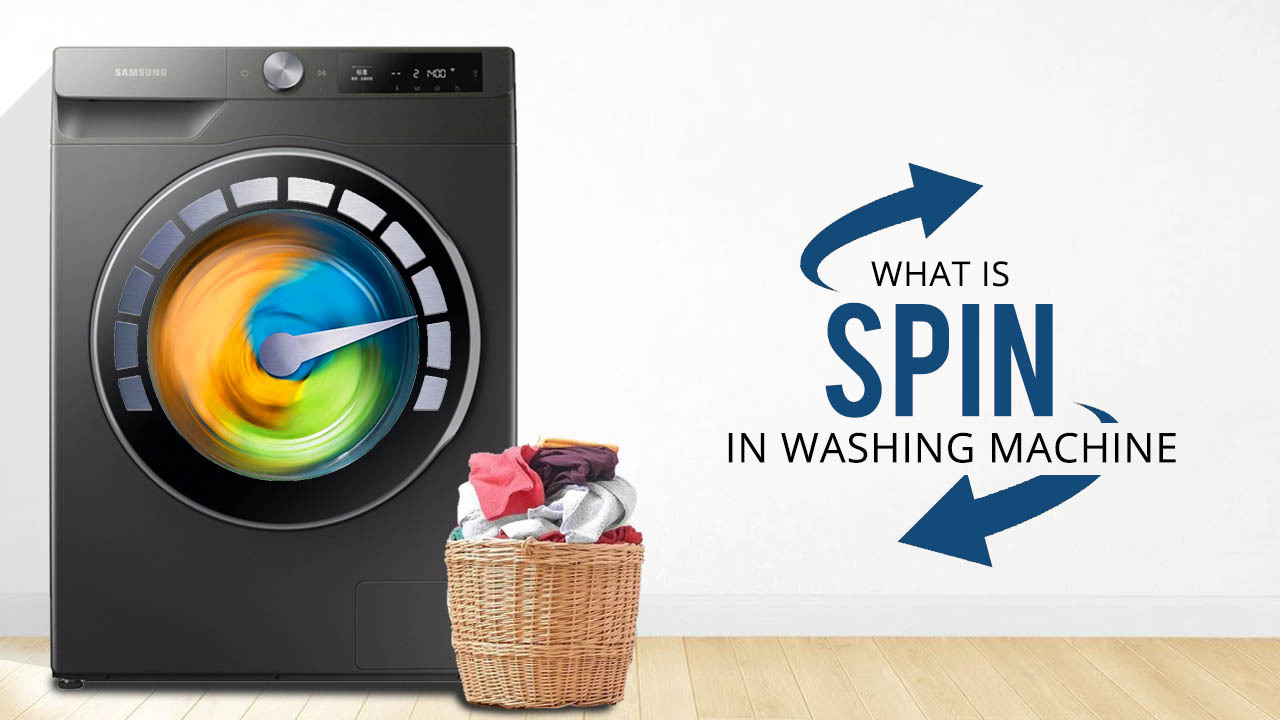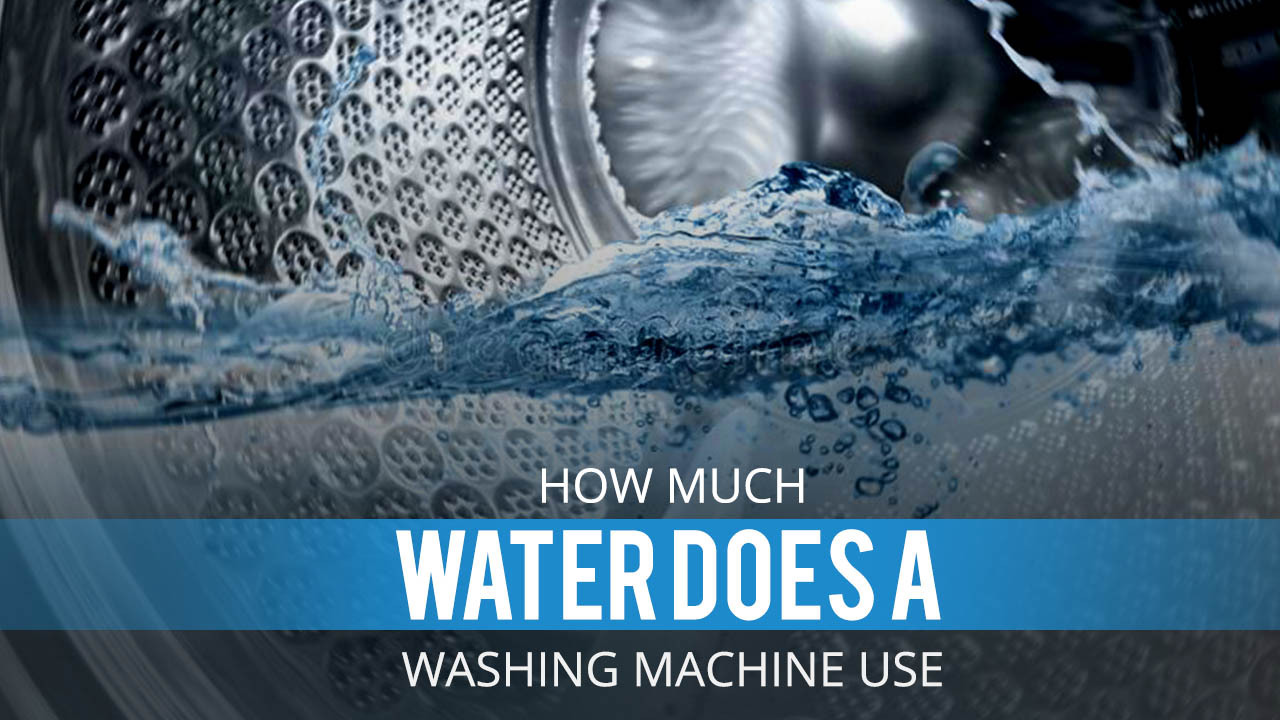When it comes to washing machines, there are two that you have to choose between, a fully automatic washing machine, or a semi automatic one. While both function towards a similar goal, how they achieve that is different for each machine. Semi-automatics come with two tubs and the user has to manually shift the clothes from the washer to the dryer tub.
Fully automatic washing machines on the other hand come with a single tub capable of washing and drying both. They are completely automatic in nature meaning you only have to set the timer and let it run. For a deeper understanding of what is fully automatic washing machine, read on.
What is Fully Automatic Washing Machine?
A fully automatic washing machine is a laundry appliance that automates the entire process of laundry, from washing to drying. The first fully automatic washing machine was introduced in 1937 by Bendix Corporation, and since then, these appliances have become increasingly popular, due in part to their convenience and efficiency.
Fully automatic washing machines typically come with a number of different settings that can be customized to suit the specific needs of the user. For example, most models have a setting for delicate fabrics, as well as a setting for heavy-duty loads.
In addition, many fully automatic washing machines also come with built-in lint filters and self-cleaning cycles. As a result, these appliances can not only save users time and effort, but they can also help to prolong the life of their clothes.
Washing Machine Function – Explained
The biggest difference between a semi-automatic and a fully automatic washing machine is the amount of automation present in each machine. A semi-automatic washing machine requires the user to manually transfer the clothes from the washer tub to the dryer tub, while a fully automatic washing machine automatically transfers the clothes from the washer tub to the dryer tub. There are several other differences between these two types of washing machines too.
Semi-automatic washing machines have two tubs – one for washing and one for drying. The user has to pour water into the washer tub, add detergent, and then add clothes. After the wash cycle is over, they have to manually transfer the clothes to the dryer tub. Once the clothes are dry, they have to be removed from the dryer tub and hung up to air dry.
Fully automatic washing machines also have a single tub – where washing and drying happens without any manual transfer of clothes. Once you load the dirty clothes into the washer tub, select the desired wash cycle, and then walk away. The machine will take care of everything else – from adding water and detergent to switching itself from washing to drying, all automatically.
Now let us look at them separately once and we can then walk you through why fully automatic washing machines are a better pick, or not, against semi automatic washing machines.
What are Fully Automatic Washing Machines?
A fully automatic washing machine is a type of washing machine that does not require any manual intervention during the washing process. These washing machines come with a number of built-in programs that automatically select the appropriate wash cycle, based on the type of laundry being washed.
Fully automatic washing machines also feature sensors that adjust the water and detergent levels according to the size and type of load. As a result, these washing machines are very convenient to use and can save you a lot of time and effort.
Also, most, if not all, front loading washing machines are fully automatic.
What is Semi Automatic Washing Machine?
Semi-automatic washing machines are a type of washer that require the user to transfer laundry from the wash tub to the spin tub manually. These units are typically less expensive than their fully automatic counterparts and have fewer features. That said, there are more effective models on the market that are incredibly feature rich. They can be an excellent choice for those who want an affordable and reliable way to wash their clothes.
Some of the key benefits of semi-automatic washing machines include their energy efficiency and ease of use. Because these units do not have a lot of bells and whistles, they often use less water and electricity than other types of washers.
They also tend to be much simpler to operate, making them a good choice for those who are not looking for a lot of extra features.
Fully Automatic VS Semi-Automatic Washing Machines
Fully automatic washing machines are made for people who spend a limited amount of time washing clothes. If you do not have a lot of time to space, fully automatic washing machines would be perfect for you. You only need to add your clothes to the drum, select the wash and dry cycles, and once its done, you will be notified.
Semi automatic washing machines on the other hand are slightly larger than fully automatic ones since they boast two different tubs, one for cleaning and the other one for drying. Semi automatic washing machines take a bit of manual intervention to function. Once you have washed your clothes in the cleaning tub, you have to move them to the dryer drum and spin that once.
There are other differences between them too. Semi automatic washing machines feature a lot more effective wash cycle since their drum is made for a singular purpose. This does not mean fully automatic washing machines do not clean clothes well, but its just that semi’s do it a lot better. That said, semi automatics also take up more floor space and use a lot more water as well.
| Feature | Fully Automatic Washing Machine | Semi-Automatic Washing Machine |
| Ease of use | Very easy to use | Easy to use |
| Effective cleaning | Cleans clothes well | Highly effective and controlled cleaning |
| Time/effort taken | Takes longer without any effort | Cleans quicker with some manual intervention |
| Floor space | Compact and easy to store | Can be bulky due to the dual drum system |
| Power consumption | Low to moderate | Moderate to high |
| Water consumption | High, requires constant flow of water | Low, only add the water you need to wash the amount of clothes you have |
| Price | High, can be expensive | Low, pretty affordable |
Fully Automatic Washing Machines Benefits & Drawbacks
Automatic washing machines have been around for nearly half a century, and they have undergone a significant transformation in that time. Today’s models are packed with features and options that make them more versatile and user-friendly than ever before. However, automatic washing machines also have their drawbacks, and it’s important to weigh the pros and cons before making a purchase.
One of the biggest advantages of automatic washing machines is their efficiency. With the push of a button, they can wash clothes quickly and thoroughly, saving you time and energy.
While automatic washing machines offer a number of benefits, there are also some potential downsides to consider. One is the cost: Automatic washing machines are typically more expensive than manual models, so you’ll need to factor that into your budget. Automatic washing machines can be complex creatures, with a variety of settings and options that can be confusing for first-time users. Lastly, if something goes wrong with an automatic washing, fixing them up is quite the hassle.
✔Pros
- Single drum for washing and drying reduces the need for a bigger machine
- Compact and easily portable
- Automatic approach saves you time and effort
- Comes with a ton of different modes and settings to choose from
- Expensive models are even more feature rich
- Front loading automatic washing machines are really well designed
- Top loading automatic washing machines are quite affordable
- Basic automatic washing machines are really easy to control and use
❌Cons
- Longer wash cycles
- More expensive than semi automatic washing machines
Conclusion
In general, fully automatic washing machines are a good investment because they save time and energy. They are also easier to use than traditional washing machines because you don’t have to manually transfer wet clothes from the washer to the dryer. However, there are some drawbacks to consider before making a purchase.
Fully automatic washing machines can be more expensive than traditional models, and they often have shorter lifespans. Additionally, if you have a power outage, you will not be able to use a fully automatic washing machine until power is restored. Overall, fully automatic washing machines offer many advantages, but it is important to weigh the pros and cons before making a purchase.
Frequently Asked Questions (FAQs)
1. What is the difference between fully automatic and semi automatic washing machine?
The key difference between the two is that a fully automatic washing machine is completely self-contained, while a semi automatic washing machine requires some manual input. With a fully automatic machine, you simply load in your laundry, select the cycle you want, and let the machine do the rest. In contrast, a semi automatic machine requires you to transfer your laundry from the washer to the dryer once the cycle is complete. While this may seem like a lot of extra work, many people prefer semi automatic machines because they tend to be more affordable.
2. Do fully automatic washing machine dry clothes?
Yes. All automatic washing machine models come with the dryer function. The same tub is used for washing and drying both. You only have to set the timer on your clothes, and they will come out washed and dried for you.
3. Which is a better front or top load washing machine?
Both front and top load washing machines have their own advantages and disadvantages. Front load washers usually use less water and energy, and they also tend to get clothes cleaner. However, they can be more expensive than top load washers, and some people find them difficult to use. Top load washers are typically less expensive and easier to use, but they use more water and energy. They also don’t always clean clothes as well as front load washers. Ultimately, the best washing machine for you depends on your budget, your laundry needs, and your personal preferences.


